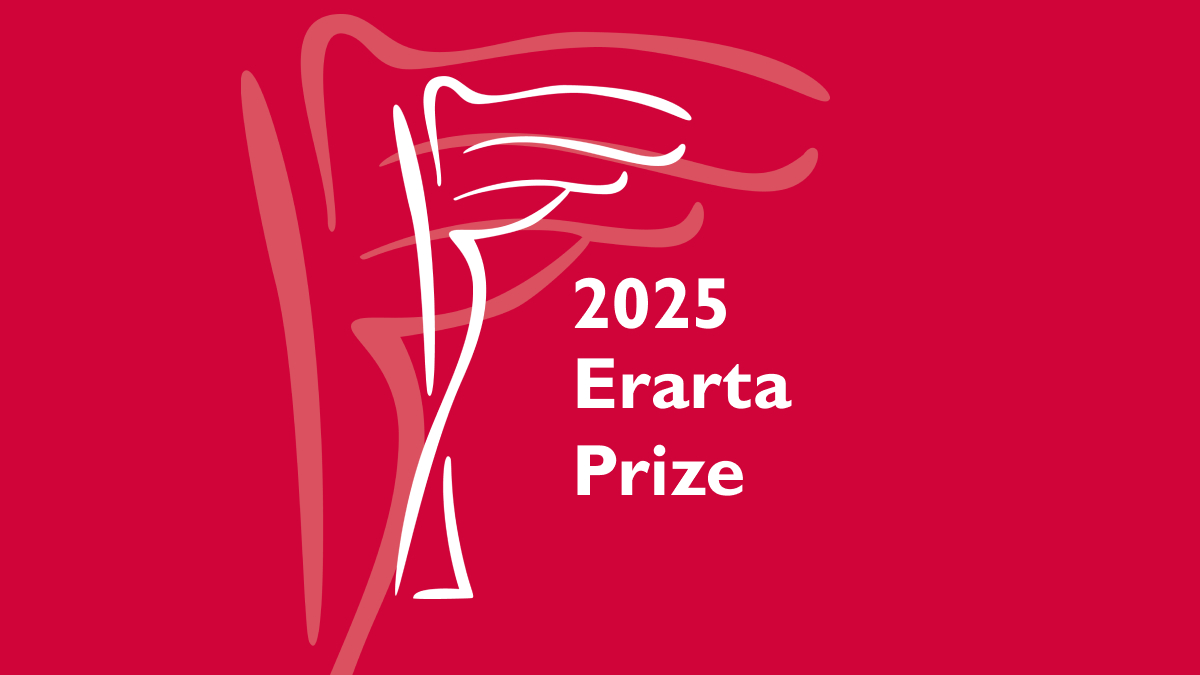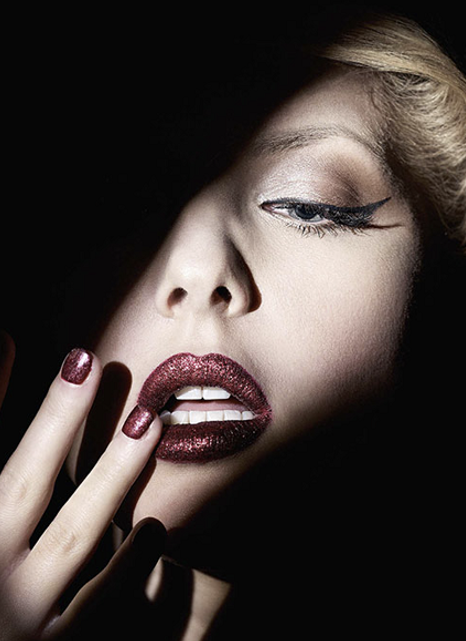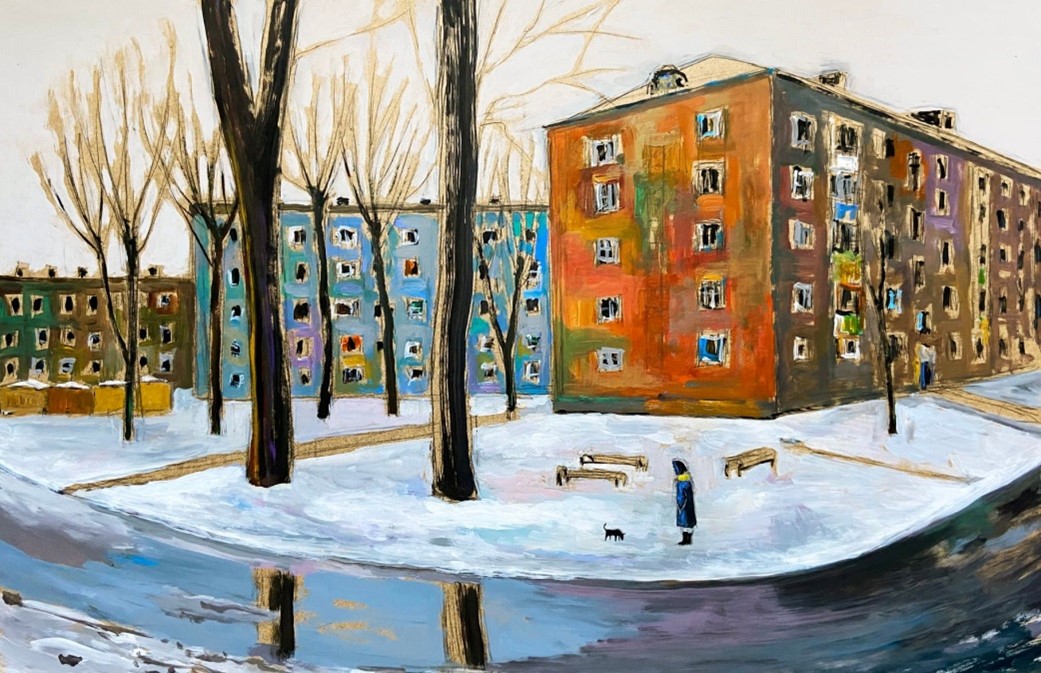Erarta Museum of Contemporary Art is proud presented the first St. Petersburg show by Danja Akulin, the Russian-German artist whose craftsmanship took Europe by storm
- Drawing as a self-contained art practice
- Ephemeral landscapes exploring the borderline between light and shadow
- An artist making waves on Berlin’s cutting-edge art scene
The word penumbra is often rendered ‘half-light.’ The Latin origin paene umbra literally means ‘almost shadow.’ In between the shadow and the light there is a zone through which we may see what is in the penumbra, but we see it with this darkened hue, and it is problematic to say whether it is illuminated or not.
In his work Danja Akulin is able to cast light into what is but a partially illuminated landscape. In the way he masters the light he is able to visually translate emotions and thoughts within the duality of darkness and brightness. The more obscure the landscape, the less light is needed for the mysteries that are either hidden or obvious to our eyes, and vice versa. This metaphor accounts for the fact that weak and unimportant feelings might easily resurface, while other strong ones might live in perpetual obscurity: A dim light cast into near darkness stands out more than bright light in full sun. And yet, Akulin in his paintings insists that all illumination has its share of darkness: ‘Light can be dark too.’ Artists, while providing illumination, also cast shadows – they create a scene that somehow occupies a position between total illumination and total darkness.
For Danja Akulin the shadow is a place of complete insecurity and the light is a naive confidence in the certainty of knowledge. He actively avoids giving himself up to one or the other but operates, instead, in the in-between area, the penumbra.
It is more likely that Akulin's rhetoric in his ephemeral landscapes owes its inspiration not to mimesis but to the less methodical rumination on art in Nietzsche's Birth of Tragedy. Like Nietzsche, Akulin relates light to knowledge and darkness to ignorance, and like Nietzsche, Akulin conceives of art as a place where the two meet, clash, and collaborate. Nietzsche asserts that all art manifests both the clear-headed, visual, sober, Apollonian impulse and the wild, blind, chaotic revelry of the Dionysian. He insists that it is about time that the manifestation of this opposition in works of art be taken as an eternal truism.
Akulin provides knowledge about the world precisely by means of a mimetic poetics that not only confronts what lies in the open to be seen and grasped but that also preserves a sense of the world's mystery. The success of Akulin’s images lays on their ability to continue to function resolutely between the poles of darkness and full illumination.











